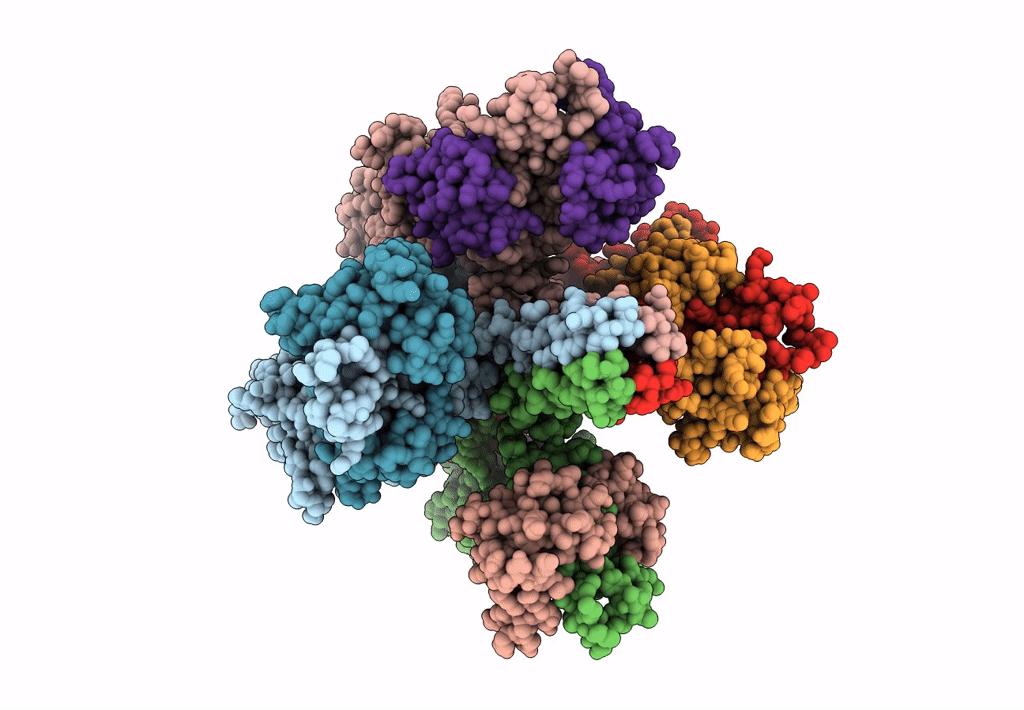
Deposition Date
2020-04-23
Release Date
2020-12-02
Last Version Date
2025-07-02
Entry Detail
Biological Source:
Source Organism:
Aequorea victoria (Taxon ID: 6100)
Homo sapiens (Taxon ID: 9606)
Homo sapiens (Taxon ID: 9606)
Host Organism:
Method Details:
Experimental Method:
Resolution:
3.10 Å
Aggregation State:
PARTICLE
Reconstruction Method:
SINGLE PARTICLE


